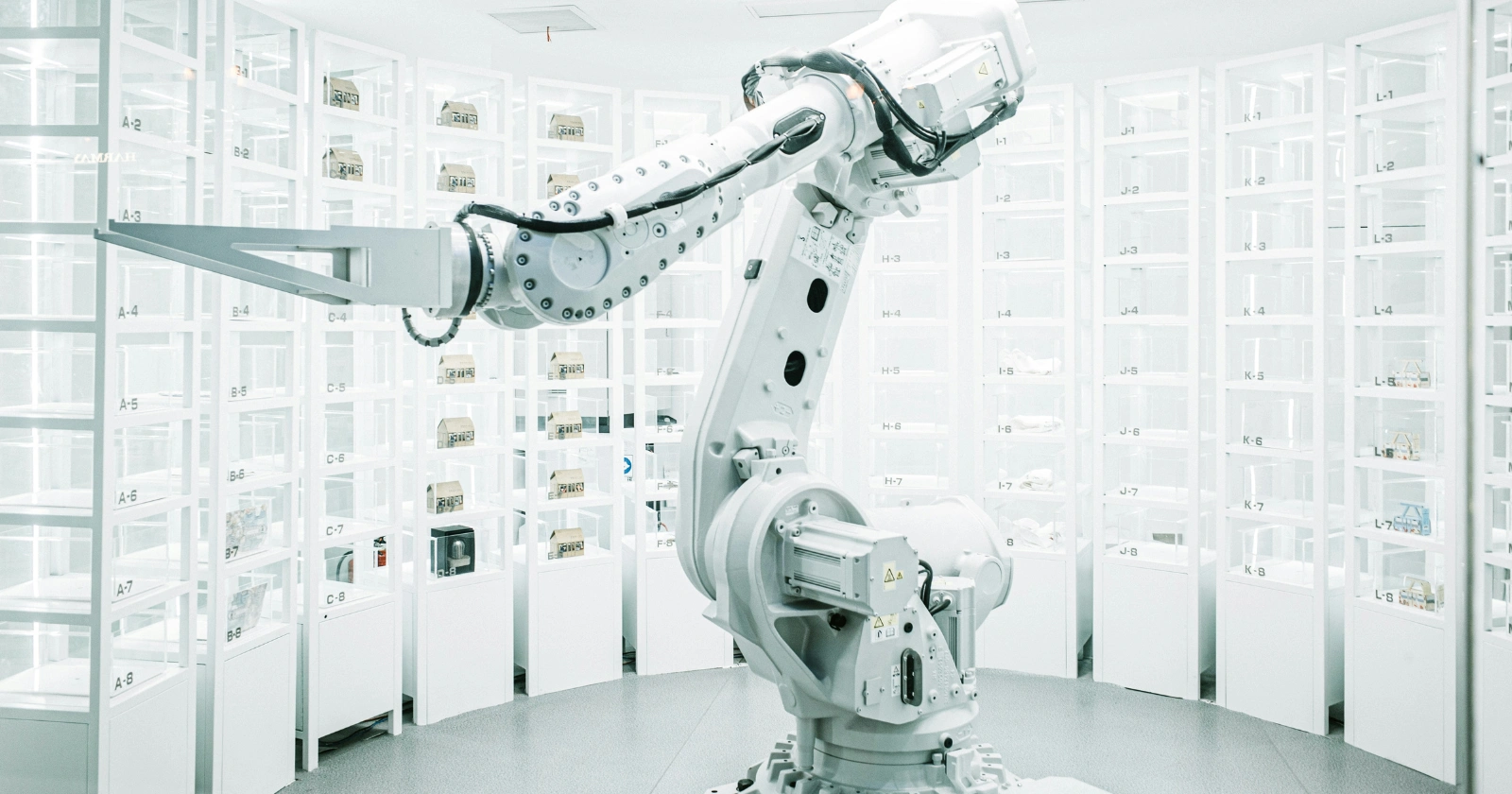Artificial intelligence stands at a pivotal crossroads in 2025, where the choice between open source and closed models shapes the trajectory of innovation across industries. Open source models, fueled by global collaboration, democratize access to powerful tools that anyone can inspect, modify, and deploy.
Closed models, developed by tech behemoths, promise cutting edge performance backed by vast resources and proprietary secrets. This dynamic tension drives rapid advancements, as each approach pushes the other to evolve.
The appeal of open source lies in its ability to foster a vibrant ecosystem where developers, researchers, and businesses contribute to shared progress. Models like Meta’s Llama series and xAI’s Grok 1 demonstrate how transparency accelerates improvements, allowing for swift adaptations to emerging needs.
In contrast, closed models such as OpenAI’s GPT 4o and Google’s Gemini maintain a lead in complex tasks through controlled environments that prioritize reliability and security. Yet, as benchmarks reveal, the performance divide narrows, prompting organizations to weigh factors beyond raw power.
This ongoing rivalry reflects broader shifts in technology adoption. Businesses increasingly seek solutions that balance cost, control, and capability, while ethical considerations around bias and accountability gain prominence. Recent developments, including community driven enhancements in open source projects, highlight how collective intelligence can rival corporate investments. As AI integrates deeper into daily operations, understanding these models becomes essential for informed decision making.
Defining Open Source AI
Open source AI refers to models where the underlying code, weights, and training data are publicly available for anyone to use, modify, or distribute. This approach mirrors successful open source software like Linux, which revolutionized computing through communal contributions. Developers can fork these models, creating specialized versions for unique applications, from natural language processing to image generation.
Transparency forms the core of open source AI. Users gain insight into how decisions are made within the model, enabling audits for biases or vulnerabilities. Popular examples include Stable Diffusion for creative tasks and Mistral’s models for efficient language processing. These tools thrive on platforms like GitHub, where global teams iterate rapidly, often outpacing solitary corporate efforts.
Accessibility extends beyond code. Open source reduces barriers for startups and researchers lacking massive budgets, promoting inclusivity in AI development. However, this openness requires robust community governance to maintain quality and prevent misuse.
Defining Closed AI Models
Closed AI models, also known as proprietary systems, restrict access to their internal workings. Companies like Anthropic with Claude and OpenAI guard the architecture, training processes, and data sets as trade secrets. Users interact through APIs or subscriptions, receiving outputs without visibility into the mechanics.
This model emphasizes control and optimization. Developers fine tune these systems in house, leveraging enormous computational resources to achieve superior results in benchmarks. For instance, GPT series models excel in general reasoning, benefiting from continuous updates and dedicated support teams.
Security and intellectual property protection drive the closed approach. By limiting exposure, companies mitigate risks of exploitation, making these models attractive for sensitive applications in finance or healthcare. Yet, this opacity can breed distrust, as users must rely on the provider’s assurances regarding ethics and fairness.
Momentum Behind Open Source
Open source AI gains traction through its collaborative ethos, enabling faster innovation cycles. Communities worldwide contribute code enhancements, bug fixes, and new features, leading to exponential growth. For example, the Llama 3 model has seen thousands of fine tuned variants emerge since its release, addressing niche domains like legal analysis or medical diagnostics.
Cost effectiveness stands out as a major draw. Without licensing fees, organizations save significantly on deployment. Running these models on commodity hardware or cloud services allows for scalable experimentation. Benchmarks from 2025 show open source models like Qwen3 Coder rivaling closed counterparts in coding tasks, with lower operational overhead.
Flexibility enables customization that closed models often lack. Businesses tailor open source AI to specific workflows, integrating proprietary data without vendor dependencies. This control enhances privacy, as sensitive information stays in house. Discussions on platforms like X emphasize how open source fosters trust through verifiable transparency, crucial for regulated sectors.
Edges of Closed Models
Closed models maintain dominance in peak performance, particularly for multifaceted reasoning and large scale applications. Tech giants invest billions in training infrastructure, resulting in models that handle complex queries with high accuracy. Google’s Gemini, for instance, leads in multimodal tasks combining text, images, and video.
Reliability comes from professional support and regular updates. Enterprises value the stability these models offer, minimizing downtime in critical operations. APIs provide seamless integration, reducing the need for in house expertise. This ease appeals to non technical users seeking quick implementation.
Intellectual property safeguards give closed models an advantage in competitive landscapes. Companies protect innovations, ensuring a moat against rivals. While costs are higher upfront, the overall value includes managed services that can prove economical for certain use cases.
2025 Performance Insights
In 2025, open source models have significantly closed the performance gap with closed systems. Benchmarks indicate that models like Falcon and SDXL perform comparably in efficiency and latency for real time applications. Open source excels in specialized tasks, where community fine tuning yields superior results.
Closed models still lead in general intelligence metrics. Studies show GPT 4o outperforming open alternatives in reasoning benchmarks by 10 to 15 percent. However, the margin shrinks as open source leverages distributed computing for training.
Hybrid benchmarks reveal blended approaches yielding optimal outcomes. For example, using open source for prototyping and closed for production deployment balances innovation and reliability.
Key Facts and Findings
Recent analyses highlight several pivotal insights. Open source adoption has surged 40 percent year over year, driven by cost savings and flexibility. Closed models command 60 percent of enterprise AI spending, reflecting their reliability in high stakes environments.
Security concerns persist for open source, with 25 percent of surveyed developers citing potential vulnerabilities. Yet, community audits mitigate risks more effectively than closed systems’ internal reviews.
Innovation rates show open source producing twice as many model variants annually compared to closed ecosystems. Projections for 2026 suggest open source handling 70 percent of commercial use cases.
Open Source AI Vs. Closed AI Models: Comparison Overview:
| Aspect | Open Source AI | Closed AI Models |
|---|---|---|
| Transparency | High: Code and weights publicly available | Low: Internal workings proprietary |
| Cost | Low: No licensing fees, self hosting | High: Subscription based access |
| Customization | Extensive: Easy to modify and fine tune | Limited: Dependent on provider updates |
| Performance | Strong in niches, improving generally | Leading in complex, general tasks |
| Innovation Speed | Rapid through community contributions | Steady via corporate R&D |
| Security | Community audited, potential risks | Controlled, company assured |
| Support | Community forums, variable quality | Dedicated teams, reliable |
| Use Cases | R&D, startups, custom applications | Enterprises, high stakes operations |
This table illustrates core differences, aiding strategic choices.
Embracing Hybrids
Hybrid strategies emerge as a pragmatic path forward. Organizations combine open source for internal development and closed models for mission critical functions. This mix leverages transparency for innovation while ensuring performance where it matters most.
Avoiding vendor lock in becomes feasible through hybrids. Businesses use open source to prototype ideas quickly, then integrate closed APIs for polished delivery. Cost control improves, as open components handle bulk processing.
Future trends point to increased collaboration. Tech firms like IBM advocate for open systems in 2025, predicting shifts toward collaborative AI ecosystems. This evolution promises a diverse landscape accommodating varied needs.
Outlook Ahead
The AI arena continues to transform, with open source challenging closed dominance through sheer adaptability. As hardware costs decline, open models become more viable for widespread use. Regulatory pressures may favor transparency, boosting open source in compliance heavy fields.
Closed models will innovate to retain edges, perhaps by offering more hybrid integrations. The battle fosters overall progress, benefiting users across the board.
Key Conclusion and Analysis
The landscape of artificial intelligence reveals a nuanced competition where neither open source nor closed models claims absolute victory, yet their interplay propels the field toward greater heights. Open source champions accessibility and collective advancement, empowering a broad spectrum of users to shape technology’s future. Closed models deliver refined excellence, ensuring dependable outcomes in demanding scenarios.
As 2025 unfolds, the emergence of hybrid frameworks underscores the value of integration, allowing organizations to harness strengths from both worlds while navigating challenges like security and scalability. This maturation fosters an inclusive ecosystem, where innovation thrives amid diversity.
Ultimately, the true winners are the adopters who strategically blend these approaches, adapting to evolving demands and unlocking AI’s full potential for societal benefit. Reflections from industry leaders on platforms like LinkedIn and X reinforce this view, emphasizing sustained collaboration as key to long term success. With ongoing advancements, the AI domain promises continued excitement and transformative impact.
Frequently Asked Questions
Open source provides public access to code and weights for modification, while closed restricts everything to proprietary control.
It offers cost savings, customization, and community driven improvements, ideal for flexible needs.
They lead in general reasoning, but open source matches or exceeds in specialized tasks as of 2025.
It allows audits for bias and security, building trust unavailable in closed systems.
Potential misuse due to accessibility, though community governance helps mitigate.
Yes, by applying open source for R&D and closed for production reliability.
Finance and healthcare, where security and support are paramount.
Open source has narrowed it significantly, especially in efficiency and niche performance.
It accelerates innovation through global contributions, outpacing closed R&D.
Likely in many use cases, but hybrids will prevail for balanced strategies.
Open source AI accelerates progress via global input, rivaling closed models in efficiency while offering unmatched flexibility. Closed systems shine in security, but the blend creates powerful solutions for real world challenges.
Click here to see the full analysis on AI’s ongoing rivalry:
#OpenSourceAI #ClosedAIModels #AIComparison #ArtificialIntelligence #TechInnovation #MachineLearning #AIFuture #HybridAI #AIDevelopment #TechTrends



